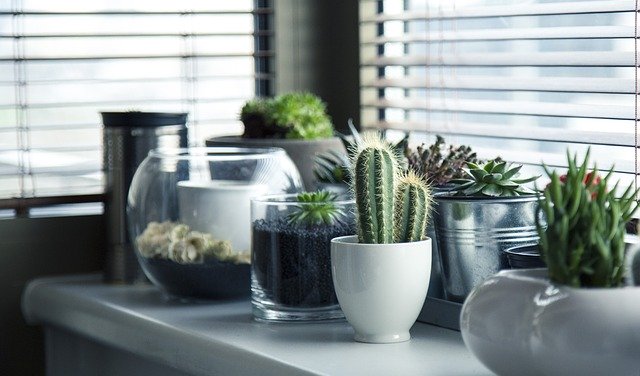Kanna or Sceletium tortuosum is a plant native to South Africa, where it has been traditionally used thanks to its many properties and effects. Typically, the ancient tribes of this part of the world chewed, smoked, or even snort parts of the kanna plant during sacred rituals. But also, they used it to achieve its beneficial properties. Kanna has a wide range of effects, such as sedating, stimulating, stress relief and it can even help increase self-confidence. Although kanna is relatively new in the Western world, it is gaining popularity among many people, especially those who are seeking natural remedies to help alleviate certain conditions, such as stress and anxiety. Nowadays there are many vendors that offer kanna both online and in headshops, but did you know that you can also grow kanna easily at home? We’ll tell you how to grow kanna in this article.
How to Grow Kanna
Kanna is a succulent plant from the Aizoaceae family. Like most succulent plants, kanna is very easy to grow and requires little care. The kanna plant grows succulent leaves in pairs and has little flowers in which colors vary from white to yellow.
In order to grow kanna, you can use seeds or cuttings, as both are relatively easy to grow. You can grow the plant in a pot or directly in the ground. If you are using seeds, you’ll need to scatter them onto the soil and press them down lightly. If using cuttings, you’ll need to place them in the soil for them to start rooting. Also, in both cases, you’ll need to hydrate the soil and keep it moist until the plant starts to grow. But remember, moist doesn’t mean wet!
On the other hand, like any other succulent plant, kanna doesn’t need a mineral-rich soil. On the contrary, kanna needs relatively poor soil. You can use a succulent compost and mix it with cacti compost or with grit.
Kanna Care and Conditions
Although kanna is an easy plant to grow and it requires little care, this doesn’t mean that you should treat kanna like any other plant. Every type of plant is unique and requires its own type of care and conditions in order to grow healthy for a long time. But, what are the best conditions to keep your kanna plant in optimal conditions?
Keep the plant away from frost. As most cactae, kanna can grow in almost all conditions, but it is advisable to keep them indoors in winter, as they don’t tolerate frosting well.
Place your kanna plant in a sunny spot. Succulent plants prefer light, but don’t expose it to direct sunlight, especially in Summer. A good temperature for your plant would be a minimum of 60° F or 16° C.
Don’t overwater your kanna plant. Kanna’s leaves and roots are able to absorb and retain a lot of water, so it doesn’t need frequent watering. In fact, excess water can be lethal to your kanna plant. If you need a pattern to water your plant, you can water it once every two weeks in cold weather and increase it to once a week in hot conditions.
Allow the plant to drain. Place it in a pot with good drainage and don’t place a plate beneath it. On the other hand, if you plant it in the garden, mix your soil with grit to allow proper drainage.
Kanna Pests and Diseases
As with any other plant, kanna can also suffer from pests or diseases. You must be careful with the following, especially when your plant is young and growing:
- Aphids: If you find them in your plant, remove the affected parts to avoid infestation. If the infestation is not too heavy, you can also use insecticidal soap.
- Slugs and snails: Try to keep your plant away from them, as they will cut holes in its leaves.
- Red spider mite: This pest typically infests indoors plants. Although it is not an easy pest to remove, you can try using insecticidal soap to get rid of it.
- Kanna virus: This is a typical kanna disease that may kill your plant. Unfortunately, there is no cure for this disease.
Kanna Uses and Effects
As we mentioned above, kanna has a wide range of properties and effects and it has been traditionally used in South Africa to treat and alleviate different ailments. Some of them are:
- Fights anxiety and depression
- Produces euphoria
- Provides energy
- Suppress appetite
- Sedating in larger doses
But, consider that, although kanna is psycho-active, it doesn’t have hallucinogenic effects.
On the other hand, kanna may also have some side effects that you need to also take into consideration. Some of them include:
- Drowsiness
- Mild nausea
- Mild headache
- Insomnia
If any of those side effects arise, consider reducing the intake.


